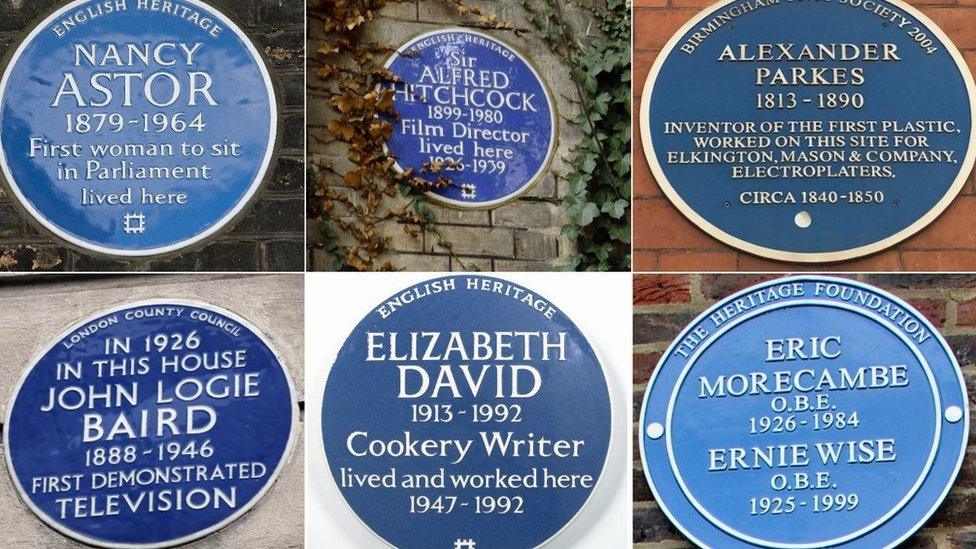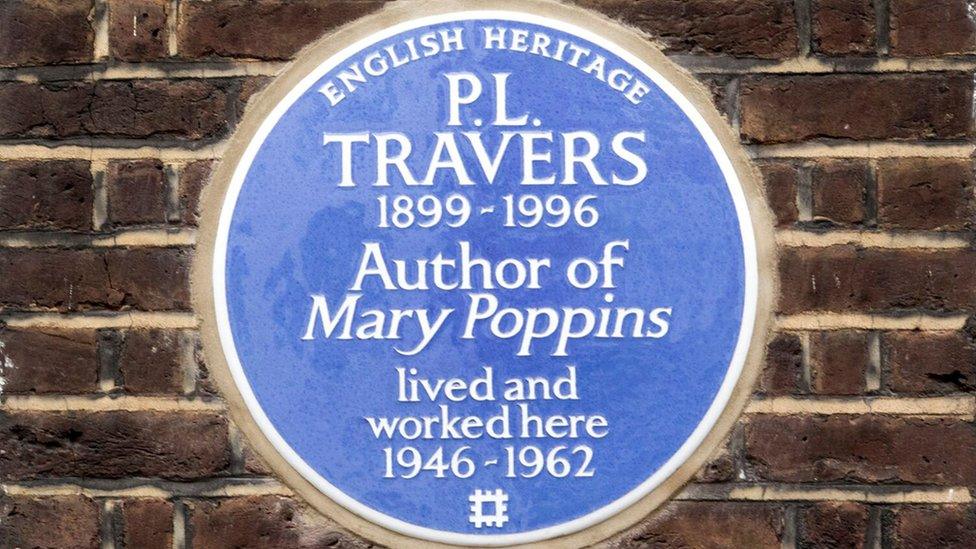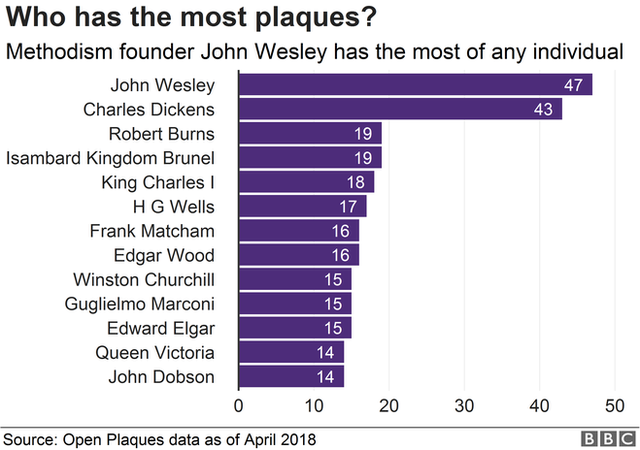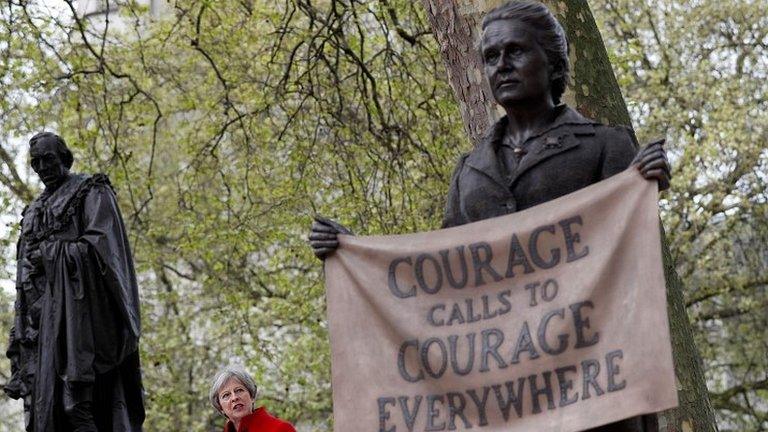The stars denied blue plaques
- Published

There are thousands of heritage plaques installed by hundreds of different organisations across the country
An Oscar-winning actor and a cricketer who smashed his way into the history books are among the names who have been denied a prestigious blue plaque.
The English Heritage awards bestow plaques to buildings where a person of note either lived, worked, visited or died.
But 35 applications were turned down in the last year due to strict criteria.
Hollywood star Ronald Colman and test cricketer Albert Trott failed to make the cut.
Colman won the Academy Award for best actor in the 1947 film A Double Life and starred in a number of films in the 1930s and 1940s, while Melbourne-born Trott was best known for being the first - and only - player to have struck a ball so well it cleared the pavilion at Lord's in 1899. He defected to England and set himself up in county cricket.
Those that have had a plaque erected in their honour during the 12 months from October 2017 included painter Francis Bacon and Mary Poppins author PL Travers.

Author PL Travers was awarded a blue plaque
The charity said while many nominations were worthy, there were strict rules which determined if it would begin "the lengthy process of researching then creating a blue plaque".
Howard Spencer, senior historian for English Heritage, said: "There is a set criteria that the panel uses as a yardstick to consider all nominations, and the most important aspects of that is that person has to be of significant public standing and to have made a positive contribution to human welfare or happiness.
"We are looking for fame, not infamy."

Who gets the most plaques?
There are more plaques commemorating buildings and objects than there are for women.
According to data from Open Plaques, there are 6,618 plaques with a male lead subject and 910 with a female.
A further 1,856 refer to an object, such as a house, a church or a gate.

The data includes plaques in the official English Heritage scheme and others, whether blue or not.
The 18th Century Methodism founder John Wesley has the most plaques of any individual in the database, 47 in total, followed by Charles Dickens, with 43.
Queen Victoria has the most of any woman, 14.

Stipulations include that the person of note must have been dead for at least 20 years to allow for a "retrospective examination" of their life's works.
"With Trott it was felt the most appropriate place to commemorate him was at Lord's where he did his deed, and he may already be commemorated there," Mr Spencer said.
Women's rights campaigner Eva Gore-Booth and Cambridge mathematical scholar Philippa Fawcett were also nominated but turned down for a plaque.
Mr Spencer added: "It was felt her [Philippa Fawcett] later career - through no fault of her own - didn't quite match up to the early promise. You can't commemorate someone on early promise."
Others rejected included conservationist Reginald Blunt, politician Sir Frank Nelson, poet Thomas Westwood, and artist and designer Tom Eckersley.
English Heritage has run the London blue plaques scheme since 1986, when it had already been in existence for 120 years. Before that it was run by three bodies in succession - the (Royal) Society of Arts, London County Council and the Greater London Council.
Outside London, many local councils, civic societies and other organisations run similar plaque operations.
- Published29 May 2016

- Published24 April 2018
